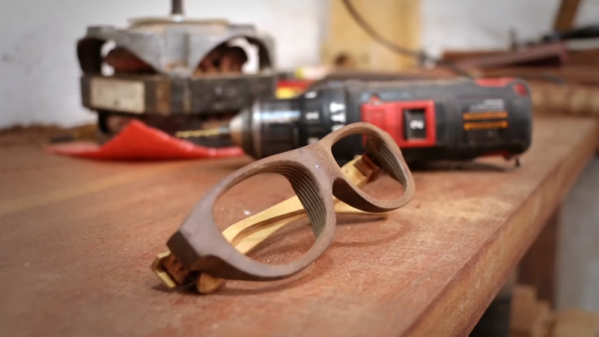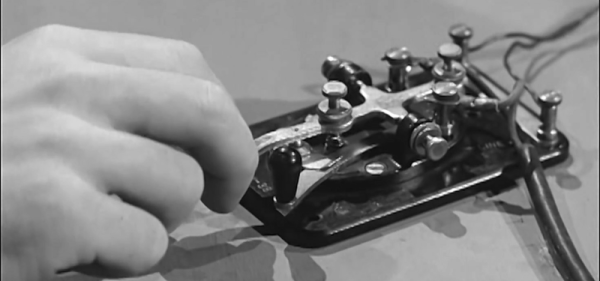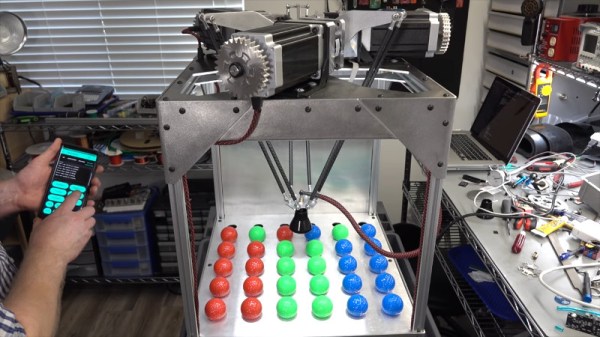There are a lot of side effects of living with medical conditions, and not all of them are obvious. For Parkinson’s disease, one of the conditions is a constant hand tremor. This can obviously lead to frustration with anything that involves fine motor skills, but also includes eating, which can be even more troublesome than other day-to-day tasks. There are some products available that help with the tremors, but at such a high price [Rupin] decided to build a tremor-compensating utensil with off the shelf components instead.
The main source of inspiration for this project was the Liftware Steady, but at around $200 this can be out of reach for a lot of people. The core of this assistive spoon has a bill of material that most of us will have lying around already, in order to keep costs down. It’s built around an Arduino and an MPU6050 inertial measurement unit with two generic servo motors. It did take some 3D printing and a lot of math to get the utensil to behave properly, but the code is available on the project site for anyone who wants to take a look.
This project tackles a problem that we see all the time: a cost-effective, open-source solution to a medical issue where the only alternatives are much more expensive. Usually this comes up around prosthetics, but can also help out by making biological compounds like insulin directly for less than a medical company can provide it.
Continue reading “Adaptive Spoon Helps Those With Parkinson’s”



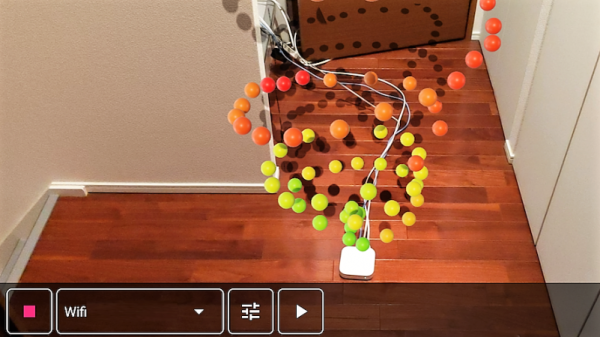
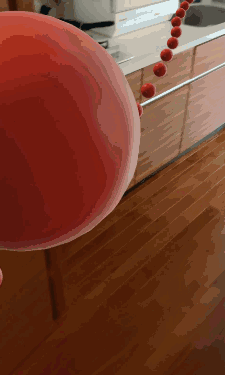 Unwilling to go full [Geordi La Forge] to be able to visualize RF, [Ken Kawamoto] built the next best thing –
Unwilling to go full [Geordi La Forge] to be able to visualize RF, [Ken Kawamoto] built the next best thing – 